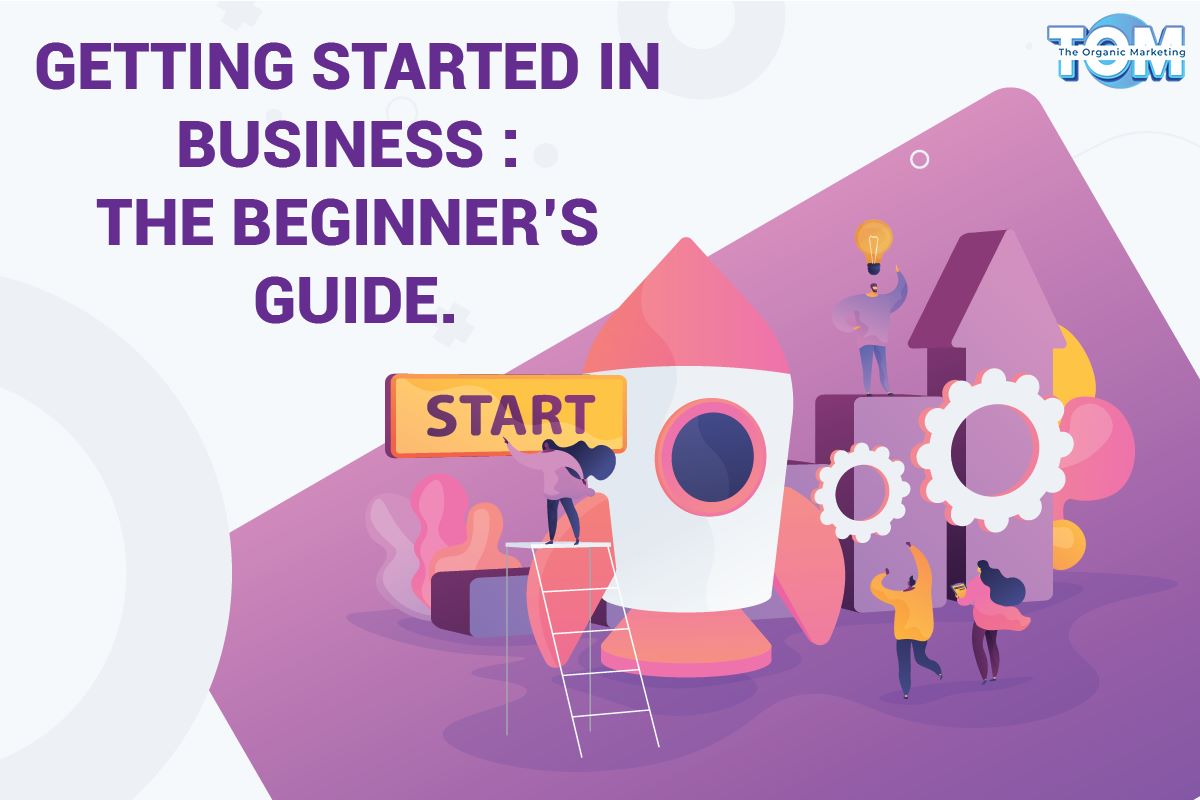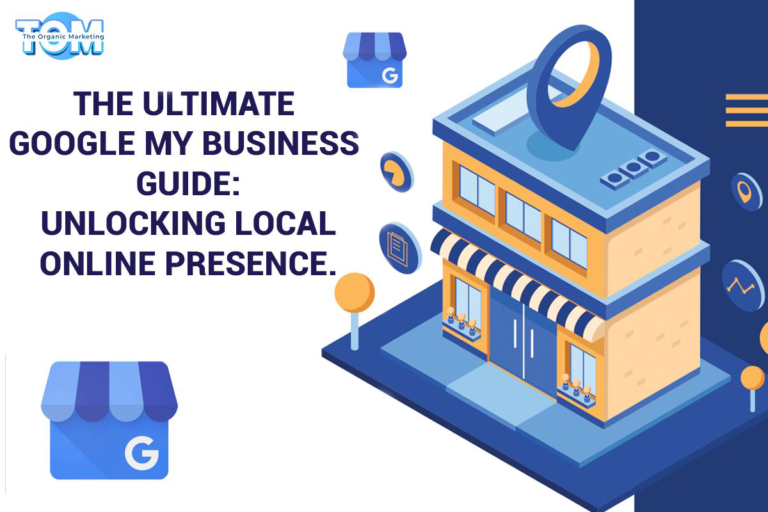Getting Started in Business: The Beginner’s Guide
Welcome to the exhilarating world of entrepreneurship!
If you’ve ever dreamt of starting a business from scratch, this guide is your ultimate companion on this thrilling journey. Starting a business can be a daunting task, but fear not, because we’re here to equip you with the knowledge, tips, and inspiration to turn your dream into a reality.
Describe Your Business Concept
Your entrepreneurial journey will be built on an excellent business concept. Continually hone and confirm your concept through market analysis, research, and input from potential consumers. A strong and concise idea will not only direct your company strategy but also draw partners, financiers, and clients that share your vision and value offer.
- Self-exploration: Think about your individual passions, talents, and experiences. Think about what inspires and motivates you. Determine your areas of competence or your greatest desire to learn and develop.
- Market evaluation: Keep abreast of recent trends and changes in the sector you are targeting. To determine the direction the industry is taking, examine market data, trade journals, and news. Determine new market prospects or unexplored opportunities.
- Recognize gaps and opportunities: Look for market gaps or unmet demands. Determine the issues or difficulties that clients in your sector encounter. Check to see if there are any chances to offer original offerings or new solutions.
- Specifications: Determine what distinguishes your company’s idea from the ones of your rivals. Identify your unique selling points or competitive advantages. Consider how you can provide something unique or superior to what is already on the market.
- Identify your target market: Know who your target market is and what they require. Adapt your company idea to match their needs by addressing their problems and providing answers.
- A strong and simple Idea: Develop and express your company concept: Define your business concept succinctly and effectively. Describe the issue you hope to resolve, the approach you plan to take, and the benefits your solution will provide for customers. Make sure your notion is simple to grasp and appeals to your intended audience.
- Create a distinctive value proposition: Create a succinct statement that highlights the special advantages buyers will receive for selecting your item or service. Share the distinctive qualities that set your company apart.
- Practicality: Determine whether your company idea is viable. Think of elements like market demand, rivalry, necessary resources, scalability, and possible profitability. Analyze your company idea’s strengths and problems using the SWOT method (Strengths, Weaknesses, Opportunities, and Threats).
Design a Business Plan
A solid business plan should be flexible, practical, and well-researched. Review and revise your plan frequently as your company grows and the market conditions change. A thorough business plan acts as a road map for achievement, aiding in decision-making, attracting investors, and keeping you concentrated on reaching your goals.
- Overview of the business: Describe the goals, vision, and mission of your company: Clearly state the mission and objectives of your company. Describe your long-term goals and the strategy you’ll use to reach them. Describe the mission statement for your company, which outlines its key principles and goals.
- Analysis of the competition: Make a detailed analysis of the competition: Determine and research your direct and indirect rivals. Recognise their advantages over competitors, market share, and strong features. Find a way for your company to stand out from the competition and get a competitive edge.
- Marketing strategy: Establish your target market. Recognise the characteristics of your target clientele, including their wants, preferences, and demographics. Establish the market’s size, trends, and potential for expansion.
- Pricing tactics: Based on elements including manufacturing costs, market demand, and rival pricing, decide on the pricing structure for your goods or services.
- Publicity and promotion: Describe the marketing and advertising methods you’ll use to engage and reach your target market. Establish the platforms, message, and strategies you’ll employ to promote brand recognition and encourage customer growth.
- Financial planning: Create a thorough financial plan that includes cash flow analyses, revenue estimates, and cost predictions. Set your prices, sales targets, and running expenses. Think about alternative financial circumstances and create backup strategies.
- Financial prerequisites: Establish whether you require outside money and list your available financial options, such as loans, investors, or grants. Describe your strategy for using the money and for achieving financial sustainability.
- Offerings of products or services: Explain the main characteristics and advantages of your goods and services. Explain in detail how they fill market gaps and cater to client demands. Outline any competitive advantages or unique selling propositions.
- Establish long-term viability: Describe your growth and sustainability strategies. Describe how you plan to grow your company, penetrate new markets, or broaden the range of goods and services you offer. Think about elements like innovation, scalability, and operational efficiency.
Perform Market Research
The success of your firm depends on your ability to understand your target market. To find your ideal consumers, their requirements, and preferences, do extensive market research. Investigate potential for distinction by examining your rivals. Make use of popular search terms like “market research,” “target audience analysis,” and “competitive analysis” to draw in new clients and investors to your company.
Select the Appropriate Structure
The long-term success of your company depends on your choice of legal form. Examine your objectives as well as the several legal forms of a business, such as a corporation, LLC, partnership, or sole proprietorship. The legal structure you choose for your business will determine its long-term success. Think about elements like scalability, liability, and taxation. A legal expert’s advice might be quite helpful during this procedure. Besides the legal aspect, there are also other factors to consider.
- Create Your Structure and Team: No business owner is an island. Put together a group of skilled people who can provide a range of abilities and who share your goal. Create a collaborative, creative, and expanding corporate culture. Implement technology, tools, and processes that simplify your operations to create an effective infrastructure. Use phrases like “team building,” “company culture,” and “infrastructure development” in your job postings to draw in candidates and demonstrate your dedication to organizational excellence.
- Start and Promote Your Business: It’s time to present your business to the world! Create an enduring brand identity that appeals to your intended audience. Utilise search engine optimisation (SEO) strategies to create a user-friendly website and forge a solid online presence. Create a thorough marketing plan that takes into account traditional advertising channels, content marketing, and social media. Use keywords like “branding,” “online marketing,” and “digital presence” to increase organic traffic and client interaction.
- Promote and Expand Your Company: The actual job starts as soon as your company is operational. To keep track of your progress and make data-driven choices, monitor key performance indicators (KPIs). Adapt to market shifts, pay attention to client input, and make ongoing improvements to your goods or services. To create connections that last, offer great customer service. To stay current with industry developments and maintain your entrepreneurial spirit, invest in professional development.
Budding entrepreneurs should view obstacles and failures as opportunities for growth and learning. Maintain flexibility and innovation in a constantly evolving company environment. Prioritize client happiness, stay updated on industry trends, and celebrate successes.
To get a jumpstart on an organic growth of your business/brand, get in touch with The Organic Marketing.





